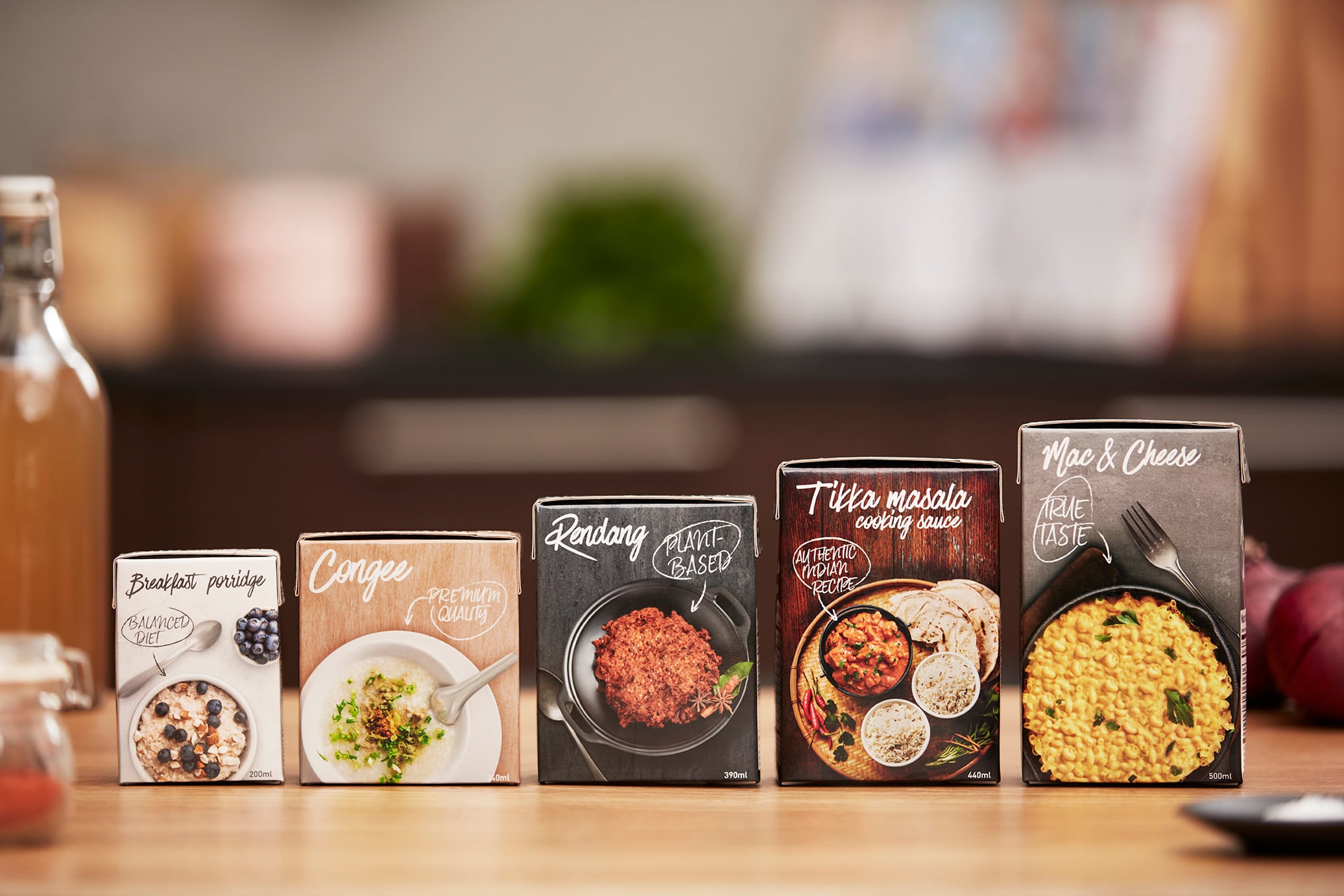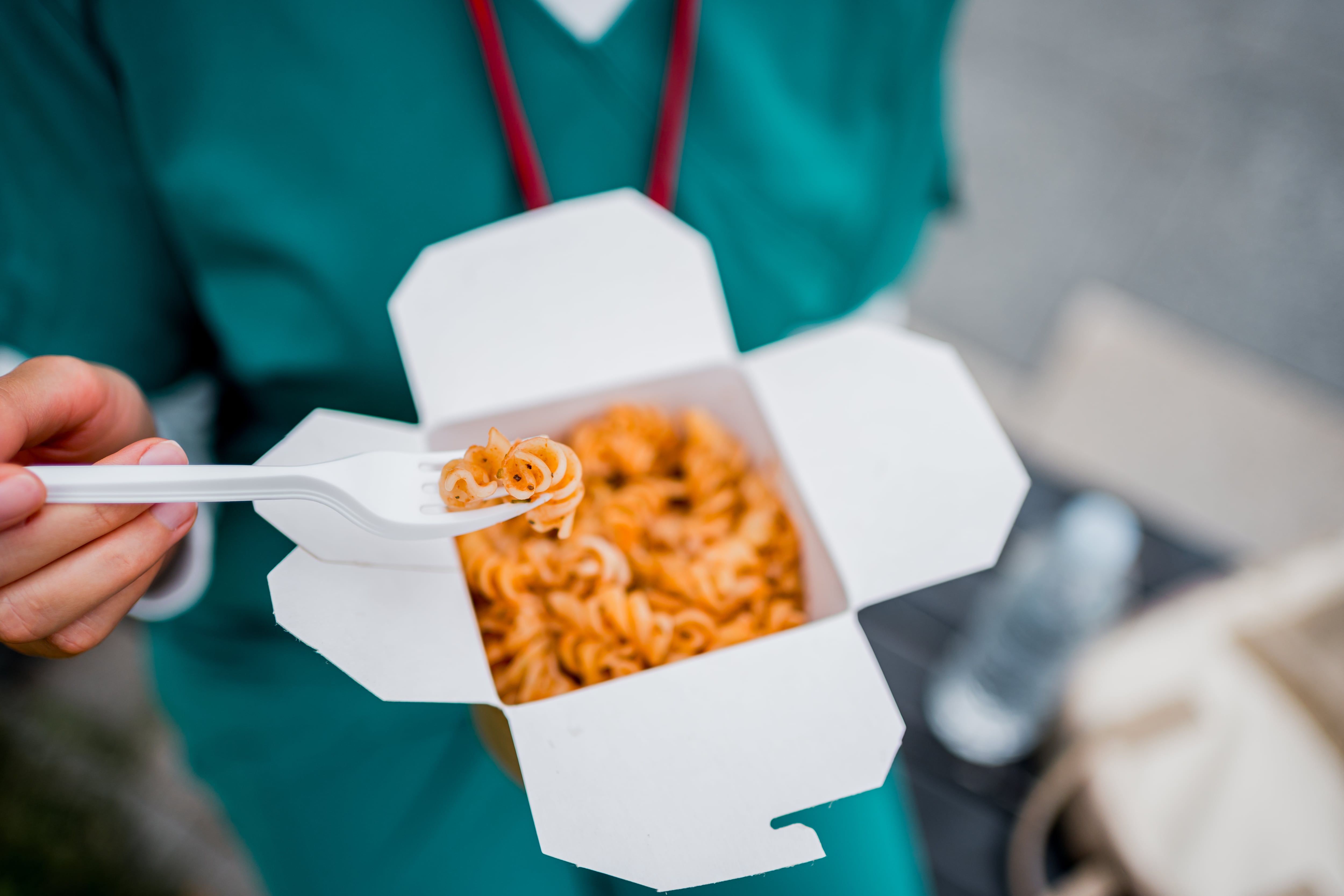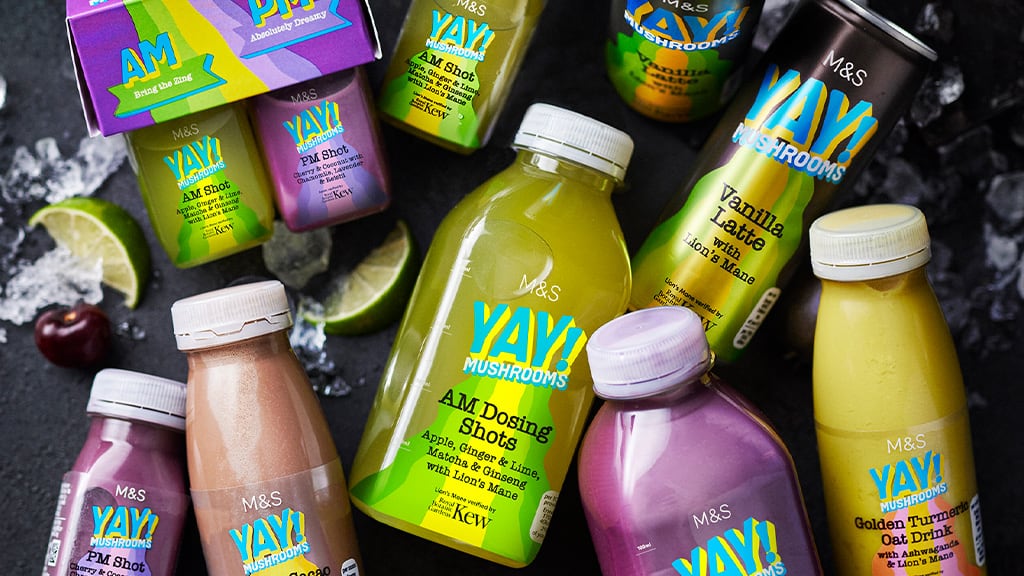Canned food has long held a prominent place in the public imagination. You know what you get with a can - simplicity, durability and the confidence in a long, almost endless, shelf life for the food within.
Do cartons have the same surefire association? If Andy Warhol had used a carton in his iconic pop-art images, would we still be talking about them today?
Tetra Pak believes cartons are the way forward for traditionally canned food, such as baked beans, chickpeas and chopped tomatoes. Its two-decades old Tetra Recart line has has seen an uptick in demand as more manufacturers are canning the tin in favour of the carton. But why?
If it can go in a can, it can pretty much go into a carton too, says Tetra Pak, which has seen a CAGR of 6.5% for its Tetra Recart solution between 2016 and 2024, and 8% between 2023 and 2024.
Are cans more sustainable than cartons?
But cans are not the most unsustainable type of packaging. Unlike most single-use plastic packaging, they can be recycled easily. So why change something that’s not broken?
It’s because cartons also have many sustainability benefits, claims Tetra Pak.
They are more efficient to transport as they take up less space and can be stacked together more efficiently, meaning more cartons can be sustainably transported than cans, explains Laura Latišonoka, Tetra Recart marketing and product management director.
On a value chain level, when it comes to energy use and proportion of renewable energy used in their creation, Tetra Recart cartons come out better than cans, according to Latišonoka.
“When it comes to overall carbon emissions across the value chain, cartons perform better, not only due to energy efficiency in distribution but also because they are made primarily from paperboard, a renewable resource that can be replenished,” added a spokesperson for Tetra Pak.
Do cartons retain the benefits of cans?
When compared with cans, the shelf life of Tetra Recart is exactly the same, says Latišonoka. As the company uses the same heat treatment techniques as with cans, the packaging retains the same shelf-life as its canned counterpart when the same product and the same ingredients are used.
While not as recyclable as cans, which can be recycled infinite times, the product is still recyclable. The paperboard used in their production is “very strong in repulpability” and can be recycled up to seven times, Latišonoka says.
There are also certain benefits that the packaging has over cans. As geopolitical pressures push up the prices of materials used to make cans and other forms of packaging, such as tin and glass, cartons can become cost-competitive.





